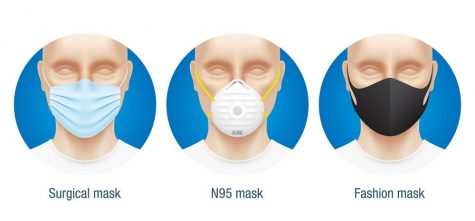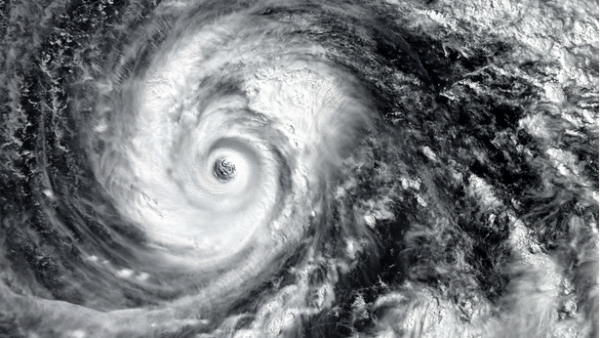All About Face Masks
On April 3, 2020, the U.S. Centers for Disease Control and Prevention(CDC) issued updated guidance about always wearing face masks in public. There is new information emerging every day on how to prevent the spread of coronavirus. The most effective protections include washing your hands frequently and keeping social distance. Plus, when you are outside, to minimize the risk of getting coronavirus, you should wear face masks in public to protect yourself against it.
Coronavirus is thought to spread mainly from person-to-person. Spread occurs between people who are in close contact (within about 6 feet) with one another through respiratory droplets produced when an infected person coughs or sneezes. And this makes wearing face masks necessary. There are many kinds of face masks on the market. However, some people don’t know what type of mask is the most effective for preventing coronavirus.
N95 Respirators
A particulate-filtering facepiece respirator that meets the N95 standard of the U.S. National Institute for Occupational Safety and Health air filtration rating because it filters at least 95% of airborne particles. This mask is tight-fitting so it may feel like it is too tight, but this mask is the best mask to wear during the pandemic.
Surgical Face Masks
A mask intended to be worn by healthcare workers during surgery to prevent infection, and to prevent liquid droplets from the wearer’s mouth and nose. These are loose-fitting masks designed to cover the mouth and nose, so it cannot perfectly block small droplets as effectually as N95 masks.
Homemade Cloth Masks
These masks are sewn from cotton fabrics and constructed to look like a surgical mask, sometimes with a pleated panel. They can be customized, so there are many different colors and designs. They function as a surgical mask, so as long as the fabric weave is thick enough to prevent droplet penetration when coughing and sneezing. Cloth masks should be washed before reuse.
Bandanas and Neck Gaiters

Cotton or synthetic materials are used to make these types of masks. The material is often thin for improved breathability, which means a decreased ability to contain droplets. There are a lot of people who use this type of mask when they are jogging and cycling. Neck gaiters are made of stretchy synthetic fabric which makes them comfortable to wear. Bandanas and neck gaiters should also be washed before reuse. Make sure to layer the fabric so that it can prevent respiratory droplets effectively.
Any face cover is better than nothing. To protect yourself and others, this is what you can, and you should do.

Hi! My name is Grace Park. I’m a freshman at Oakton high school and a staff writer at the Oakton outlook. I like to write about many interesting topics,...







